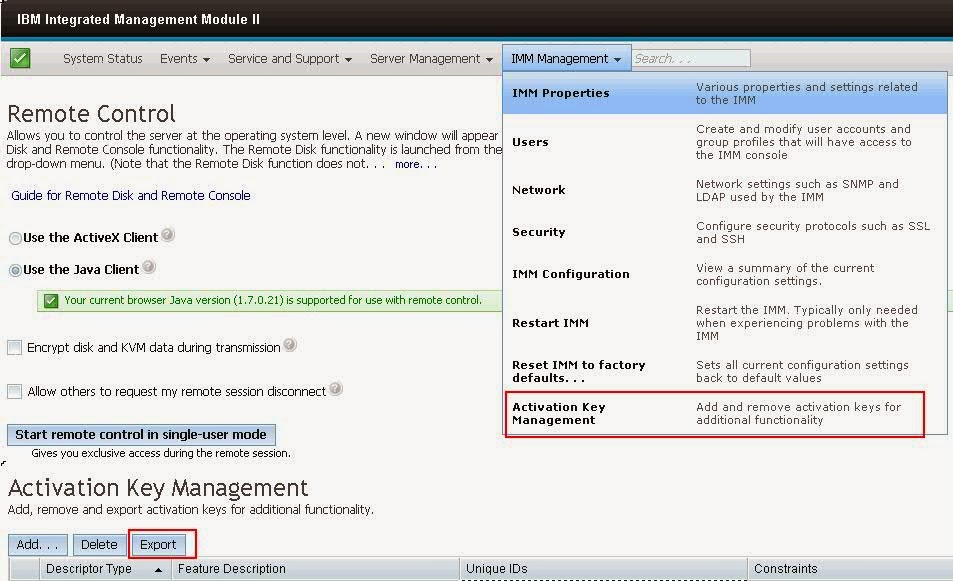HOW TO: Stay Competitive in a World of Online Price Transparency
Langley Steinert is the CEO/founder of CarGurus, a leading online automotive community which provides price transparency tools for car shopping. Previously, Steinert was chairman/co-founder of TripAdvisor, the largest online travel community in the world. Prior to TripAdvsior, Steinert was VP of marketing at Viaweb (acquired by Yahoo!).
The Internet continues to change the way we shop for products and services. Going on a trip? You’ve probably done your research via the web, influenced by every good (or bad) hotel review you found along the way. Buying a TV? You probably did your homework for that, too. Maybe you researched that TV from your smartphone, while in the store where you were tweeting about your not-so-helpful salesperson.
The ability to access information and share it instantly has empowered consumers. Savvy marketers have learned to adapt, working within this new paradigm to grow their businesses and win customer loyalty. But a new alarm is being sounded by merchants with regard to price transparency on the web, where the consumer seems to be the only winner. Merchants often feel like they are being pit against one another in a death match of ever-lowering prices. Consumers flock to Kayak to find the lowest airfares or Zillow to find the lowest priced house in their neighborhood.
The newest challenge for web businesses is how to manage that information, and more importantly, how to handle it with transparency.
The New Online Price Transparency

Back in 2000 when I helped co-found the travel site TripAdvisor.com, I got my share of angry e-mails from hoteliers irate that we were publishing bad user reviews about their establishments. The very purpose of our site was to provide consumers with fully transparent information about the quality of hotels throughout the world. Hotel reviews from other travelers provided useful insights about the “real” quality of a hotel –- both good and bad. Savvy hoteliers figured out how to pay attention to these reviews and “manage” their reputation. Most hotels now have dedicated online reputation managers who post rebuttals to negative consumer reviews in order to give the hotel’s side of the story. Additionally, many hoteliers actively encourage consumers to go on hotel sites and write a review if the consumer has had a positive experience. Mind you, if in fact the core offering is not a good one, all the reputation management in the world will not help. In that regard, listening and internalizing consumer criticism is a new must in the business world.
Addressing price transparency represents a similar challenge for many marketers, who fear losing advantage in a public battle for the lowest price. It is no wonder merchants are concerned. There are thousands of websites across all industries dedicated to providing access to the best deals. In real estate, Zillow can tell you how much that house you are looking for is “really worth.” Kayak can help you find the lowest airfare from New York to Los Angeles. CNET will help you find the lowest price on the latest digital camera. Disparities between price and value are being exposed on the Internet ( ) in real time for the world to see.
) in real time for the world to see.
What’s a Merchant To Do?

The Internet continues to change the way we shop for products and services. Going on a trip? You’ve probably done your research via the web, influenced by every good (or bad) hotel review you found along the way. Buying a TV? You probably did your homework for that, too. Maybe you researched that TV from your smartphone, while in the store where you were tweeting about your not-so-helpful salesperson.
The ability to access information and share it instantly has empowered consumers. Savvy marketers have learned to adapt, working within this new paradigm to grow their businesses and win customer loyalty. But a new alarm is being sounded by merchants with regard to price transparency on the web, where the consumer seems to be the only winner. Merchants often feel like they are being pit against one another in a death match of ever-lowering prices. Consumers flock to Kayak to find the lowest airfares or Zillow to find the lowest priced house in their neighborhood.
The newest challenge for web businesses is how to manage that information, and more importantly, how to handle it with transparency.
The New Online Price Transparency

Back in 2000 when I helped co-found the travel site TripAdvisor.com, I got my share of angry e-mails from hoteliers irate that we were publishing bad user reviews about their establishments. The very purpose of our site was to provide consumers with fully transparent information about the quality of hotels throughout the world. Hotel reviews from other travelers provided useful insights about the “real” quality of a hotel –- both good and bad. Savvy hoteliers figured out how to pay attention to these reviews and “manage” their reputation. Most hotels now have dedicated online reputation managers who post rebuttals to negative consumer reviews in order to give the hotel’s side of the story. Additionally, many hoteliers actively encourage consumers to go on hotel sites and write a review if the consumer has had a positive experience. Mind you, if in fact the core offering is not a good one, all the reputation management in the world will not help. In that regard, listening and internalizing consumer criticism is a new must in the business world.
Addressing price transparency represents a similar challenge for many marketers, who fear losing advantage in a public battle for the lowest price. It is no wonder merchants are concerned. There are thousands of websites across all industries dedicated to providing access to the best deals. In real estate, Zillow can tell you how much that house you are looking for is “really worth.” Kayak can help you find the lowest airfare from New York to Los Angeles. CNET will help you find the lowest price on the latest digital camera. Disparities between price and value are being exposed on the Internet (
What’s a Merchant To Do?

- Don’t Hide: Given the explosive growth of sites like Kayak, Zillow and CarGurus, this phenomenon is not going away. Consumers expect to be able to research prices and find the best deals using the Internet. If you ignore this issue, you are doing so at your own peril. The worst outcome would be your competitor down the street learning to manage the process and you becoming competitively disadvantaged and losing valuable customers and sales.
- Manage the Process: Try to reach out to these sites and investigate ways that you can manage the process. On Kayak, for instance, you can buy sponsored placements to drive consumers to your site. You can use that ad space to differentiate your offering. Ads on Kayak from Virgin America tout free Wi-Fi. Virgin is trying to make it not all about price and using sponsored placements on Kayak to do so.
- Retain the Consumer: For those consumers who do come to your site, make sure you establish an ongoing relationship with them. Try to get their permission to e-mail them in the future. Consumer electronics sites like Amazon go out of their way to responsibly use e-mail to stay in contact with existing customers. When that same consumers go to buy their next product, they often go to Amazon first due to this ongoing relationship. Amazon offers service as a way to stay competitive, even if it doesn’t always have the lowest price point. As the adage goes, you should spend at least as much time and money retaining your existing customers as you do trying to acquire new ones.
- Be Fair: There is no need to have the lowest price, but if your prices are not in line with the competition, you might want to make the necessary price adjustments to at least be in the ballpark. You want to signal to the consumer that you understand the marketplace and that, while not willing to offer the lowest price, you are willing to be fair. Use other dimensions of marketing to differentiate your offering, but make sure you are at least in the consideration set.
- Leverage Other Channels: Use alternate online channels like Facebook (
 ) and Twitter (
) and Twitter ( ) to enable your loyal customers to spread the word. Encourage your existing consumers to become fans of your products and services. You should then communicate news and updates to those fans. You will be surprised at how quickly these channels can virally spread the word. Again, work this channel to differentiate your offering and make it not only about price.
) to enable your loyal customers to spread the word. Encourage your existing consumers to become fans of your products and services. You should then communicate news and updates to those fans. You will be surprised at how quickly these channels can virally spread the word. Again, work this channel to differentiate your offering and make it not only about price.


Comments